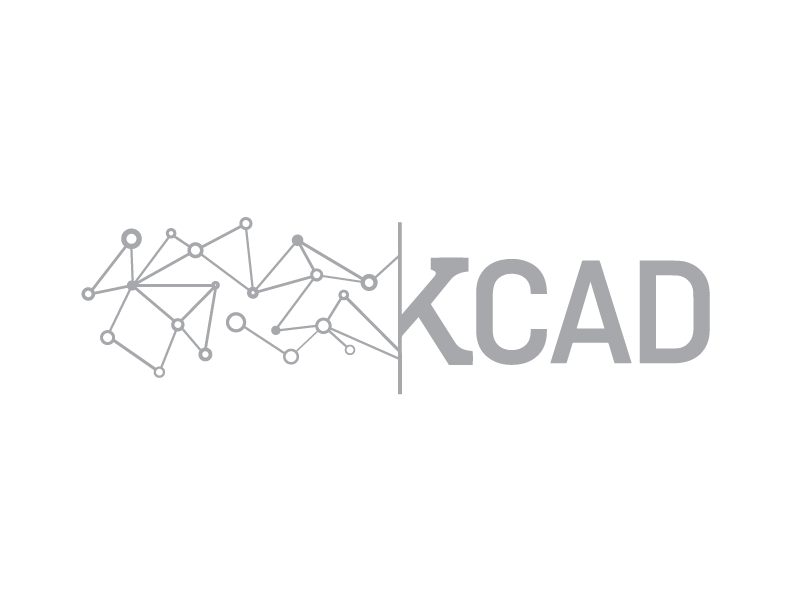
How can a comprehensive network of inclusive information platforms foster urban accessibility in the modern city?
What started out of curiosity led to many experiments, and ultimately became the research topic for my undergraduate thesis project. I began asking big questions: What are major barriers for people with physical disabilities in todays cities? How do individuals with visual impairments navigate the built environment? What are the scope of barriers beyond the physical, and how might a psychological barrier deter someone from experiencing an urban setting? I can't say that I found an answer to these questions, but I discovered many areas for opportunity within the way we depict urban information. Between interviewing several individuals with disabilities to designing & modeling instances of wayfinding tools, I created a conceptual vision for what inclusive, urban information might look like in the future.
What started out of curiosity led to many experiments, and ultimately became the research topic for my undergraduate thesis project. I began asking big questions: What are major barriers for people with physical disabilities in todays cities? How do individuals with visual impairments navigate the built environment? What are the scope of barriers beyond the physical, and how might a psychological barrier deter someone from experiencing an urban setting? I can't say that I found an answer to these questions, but I discovered many areas for opportunity within the way we depict urban information. Between interviewing several individuals with disabilities to designing & modeling instances of wayfinding tools, I created a conceptual vision for what inclusive, urban information might look like in the future.
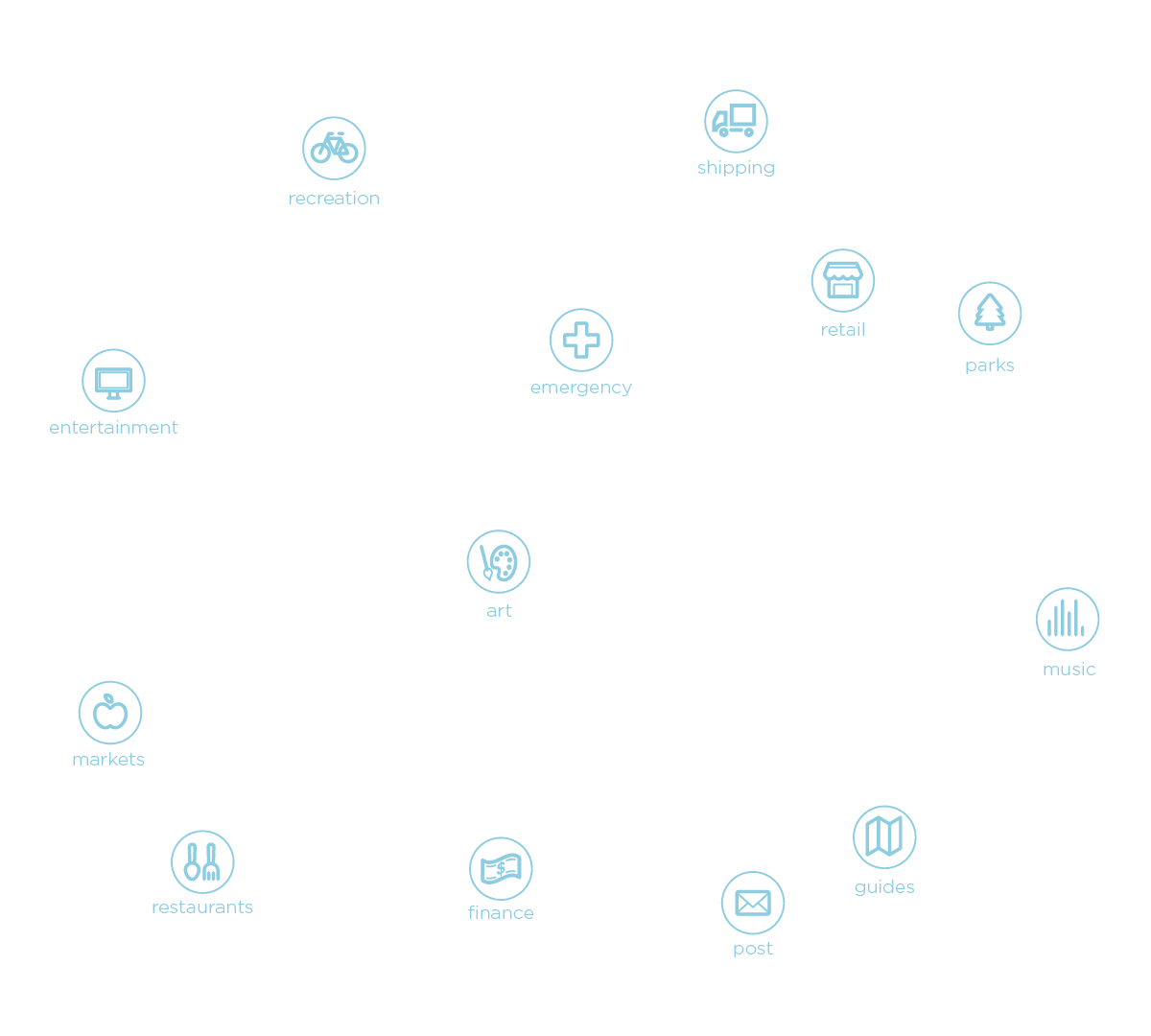
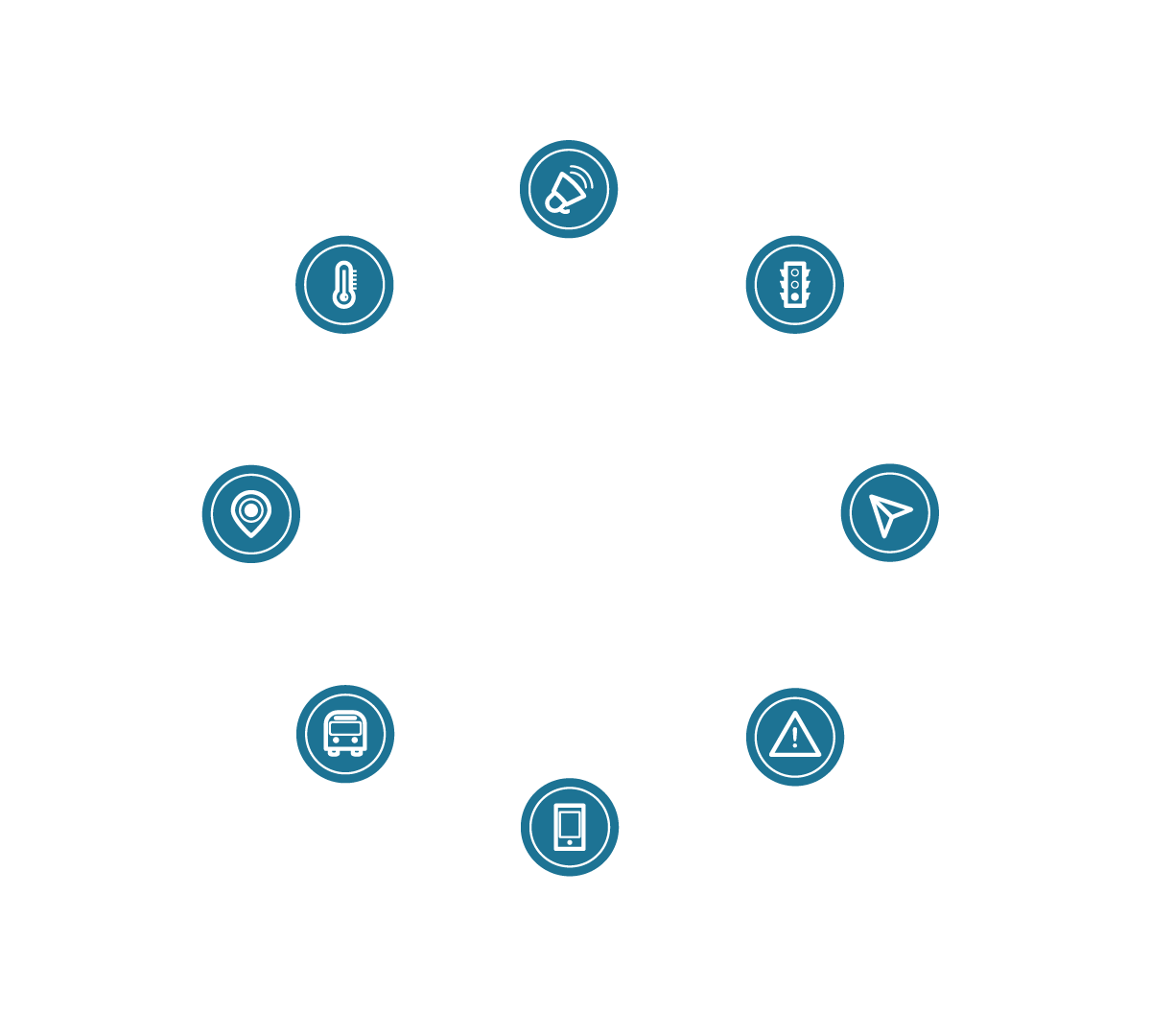
PROCESS + ITERATION
PROCESS + ITERATION

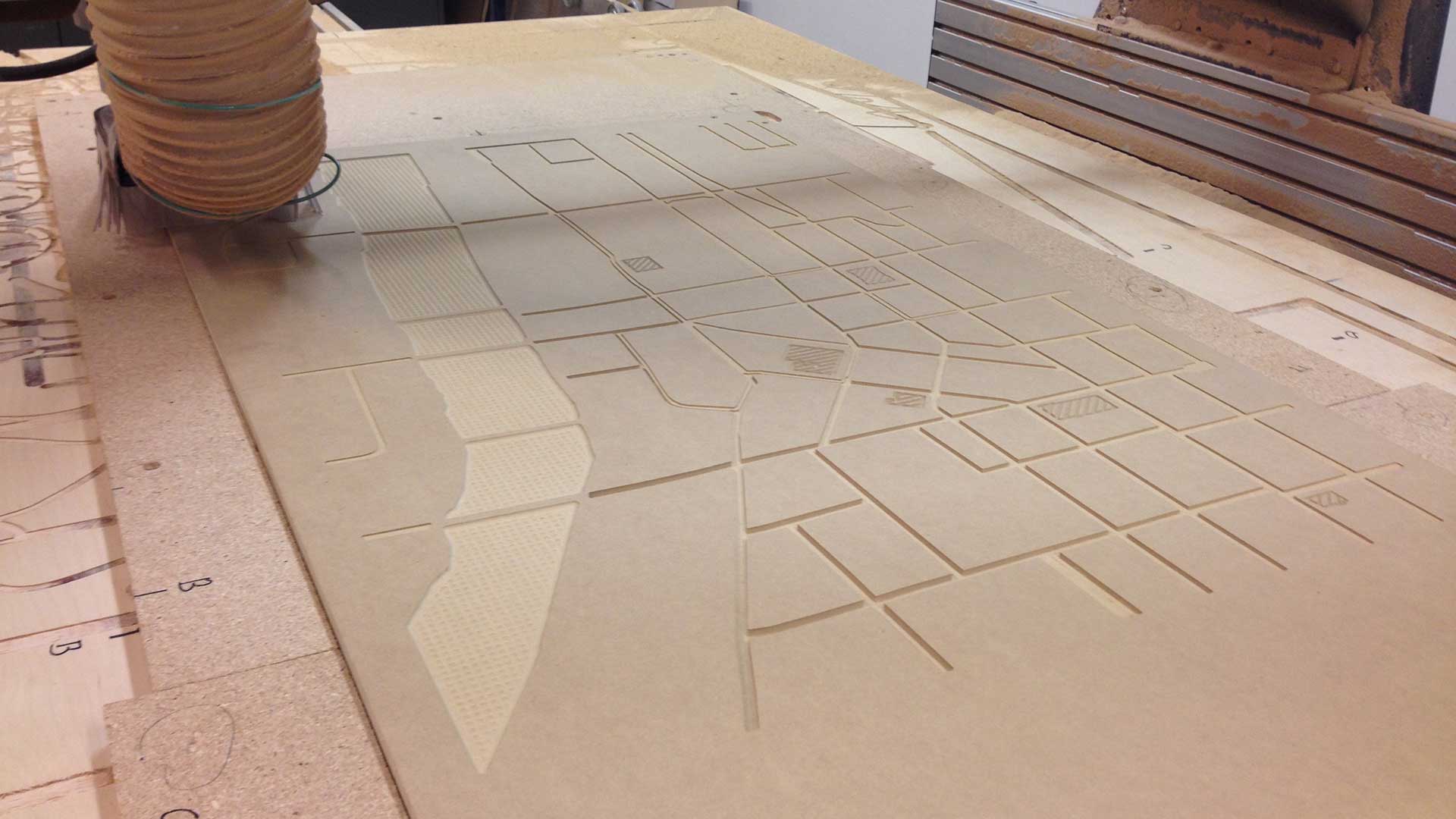
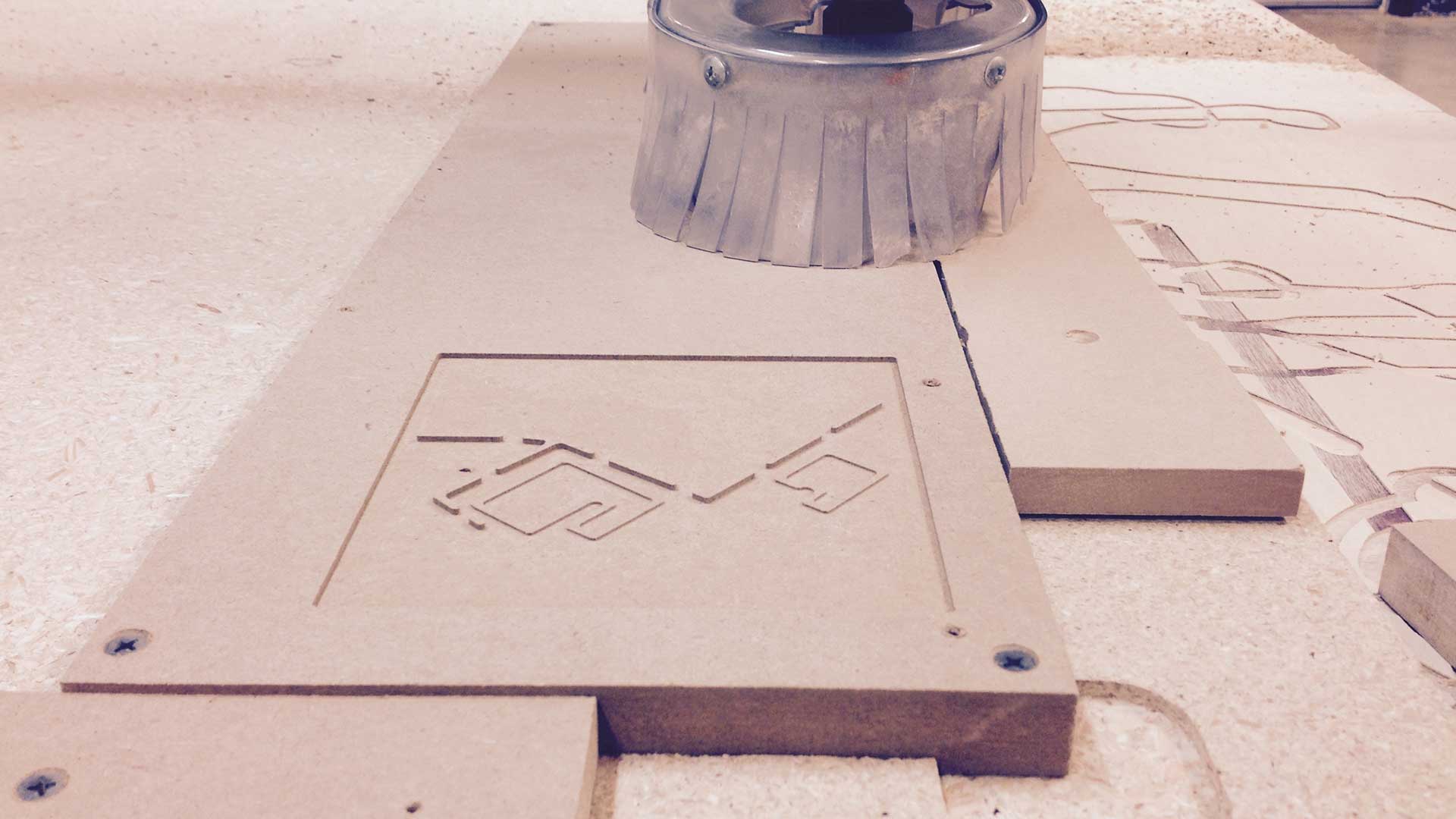
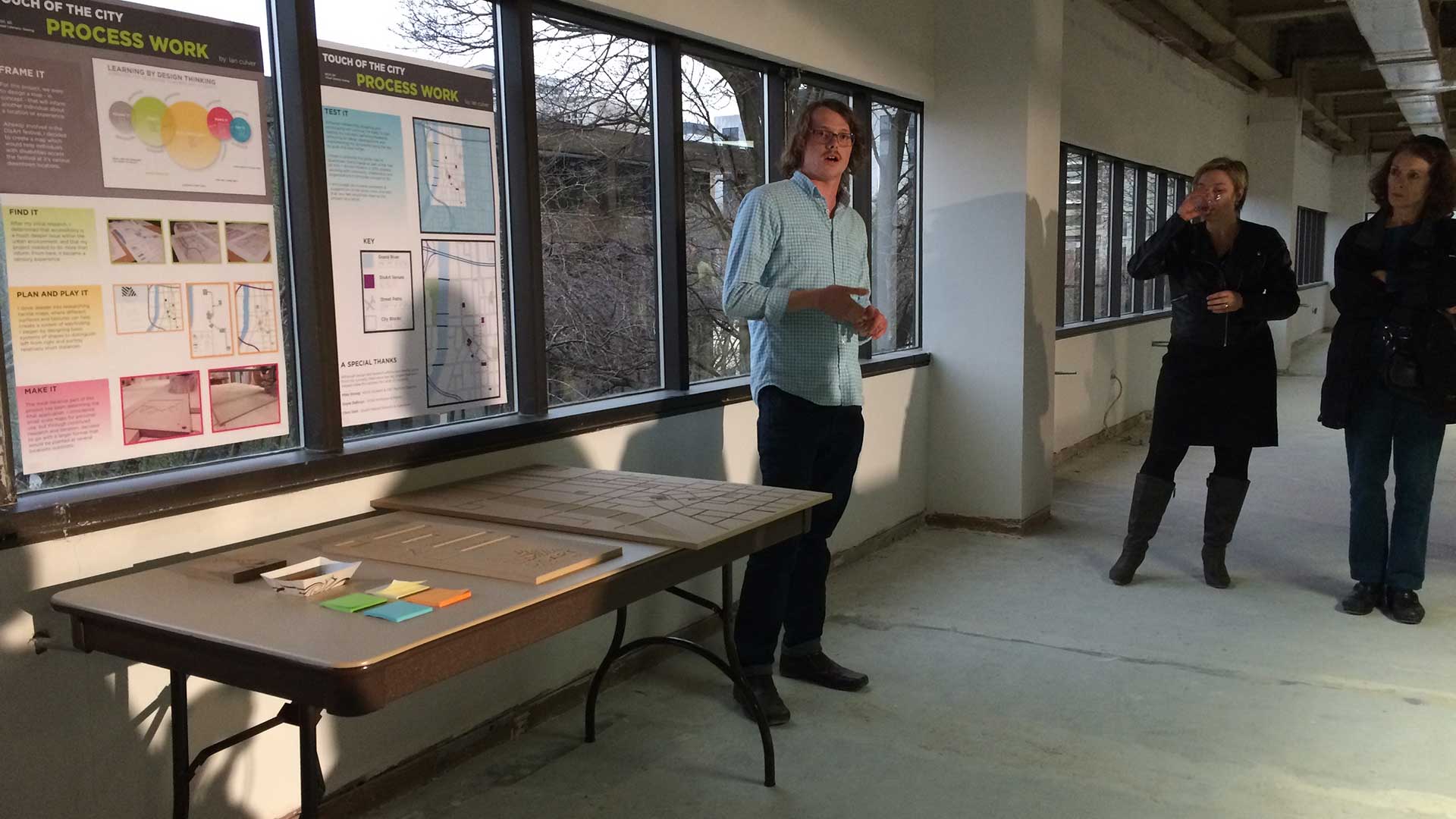
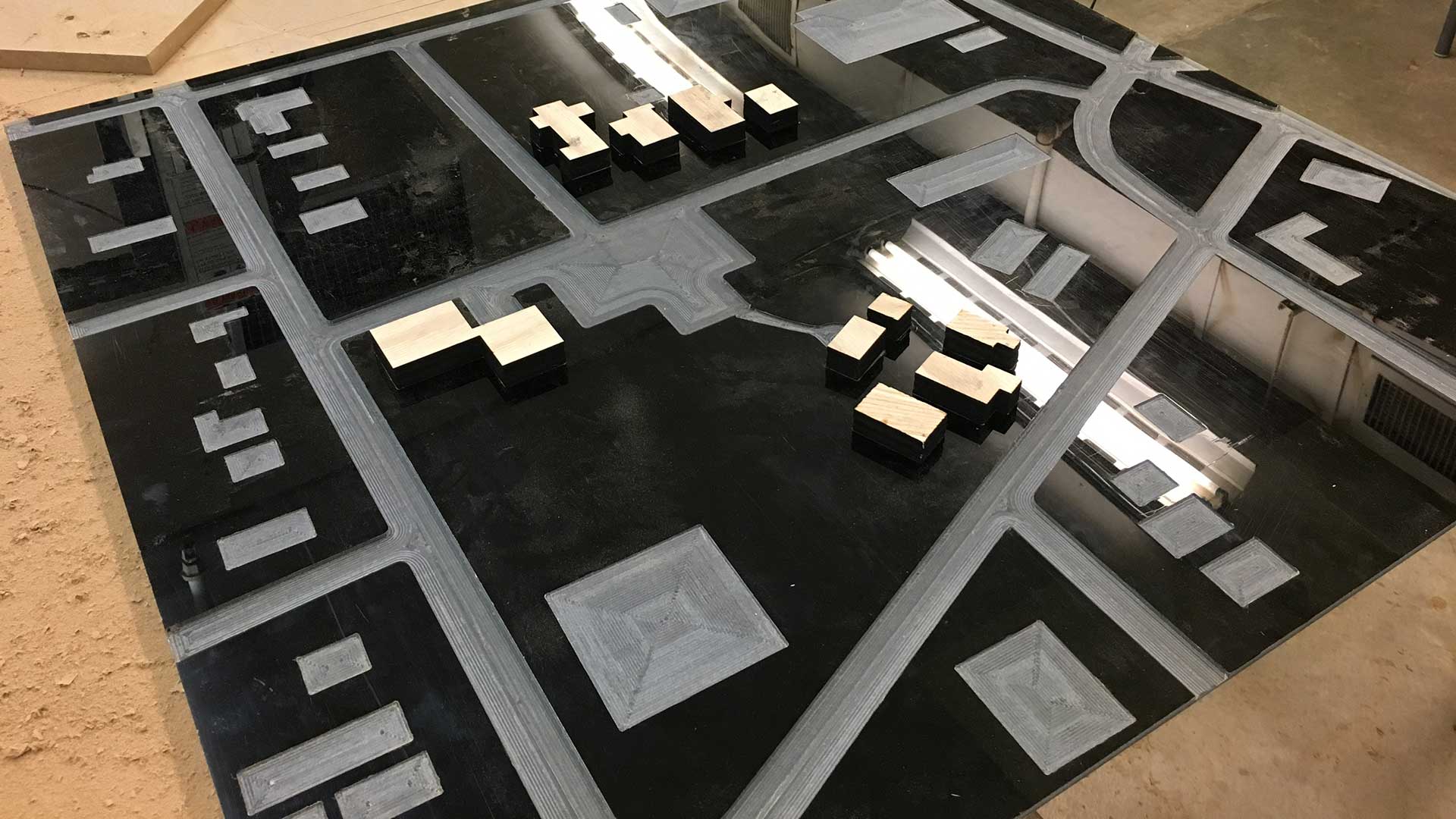
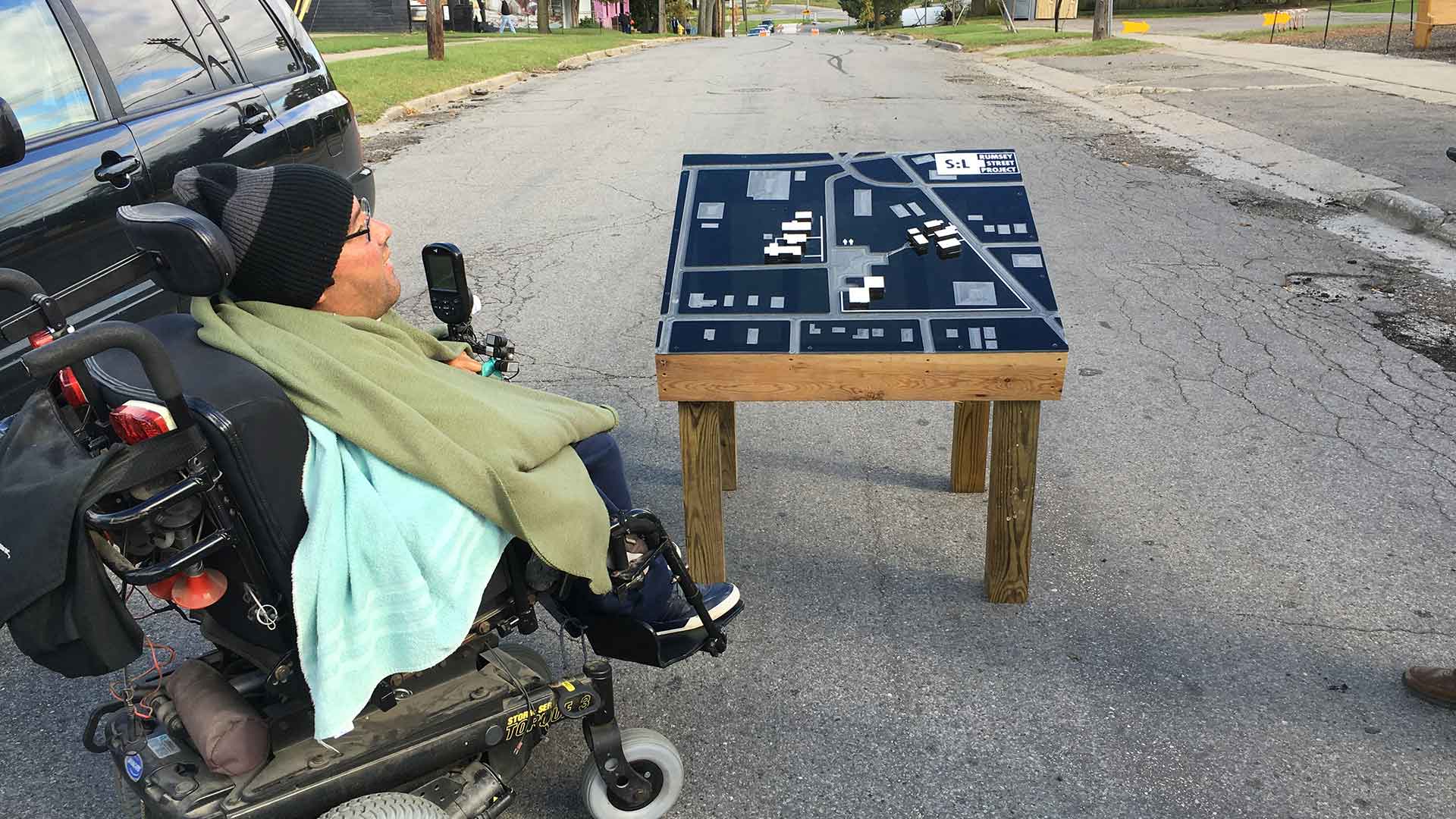
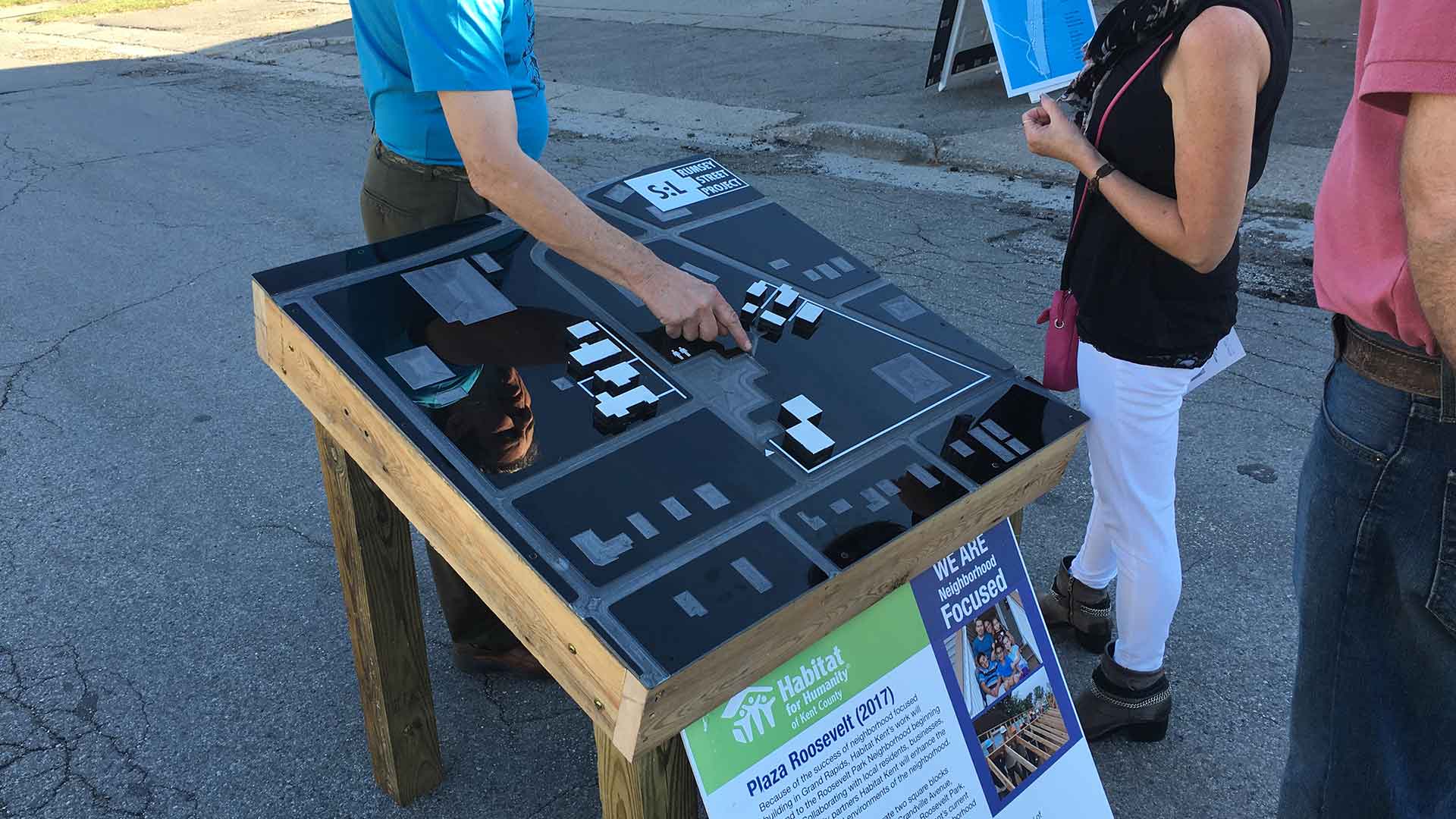
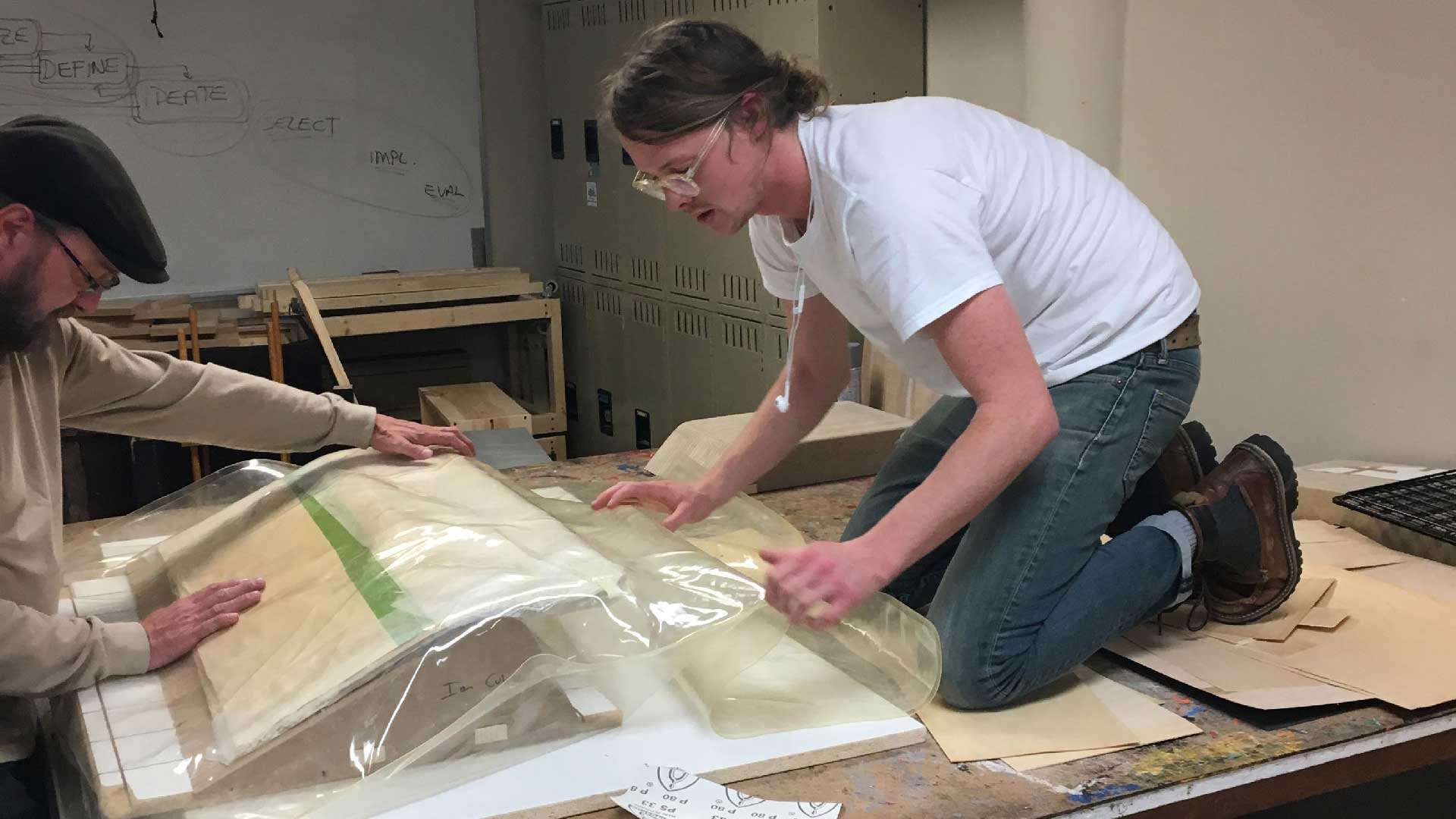
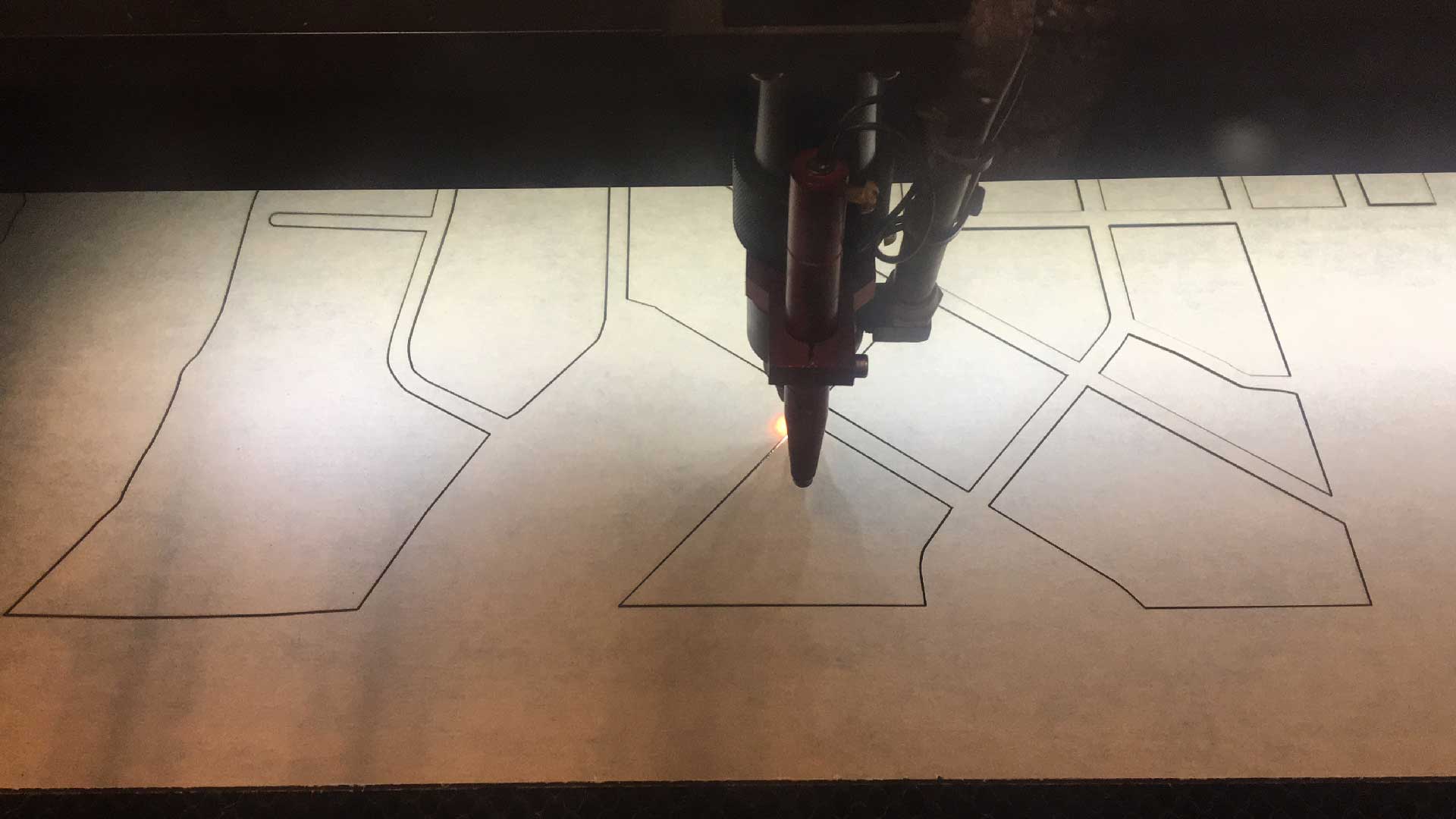

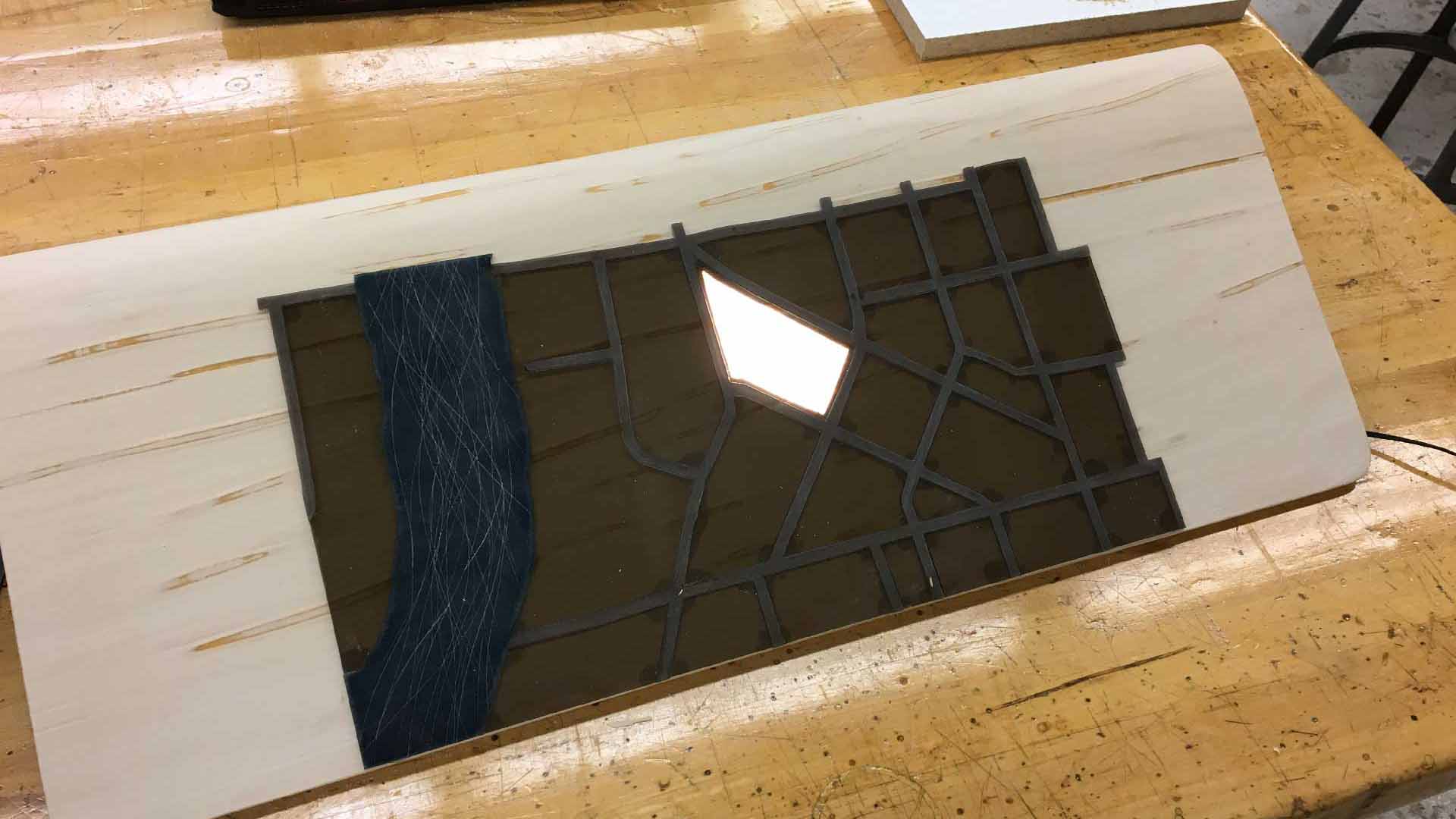

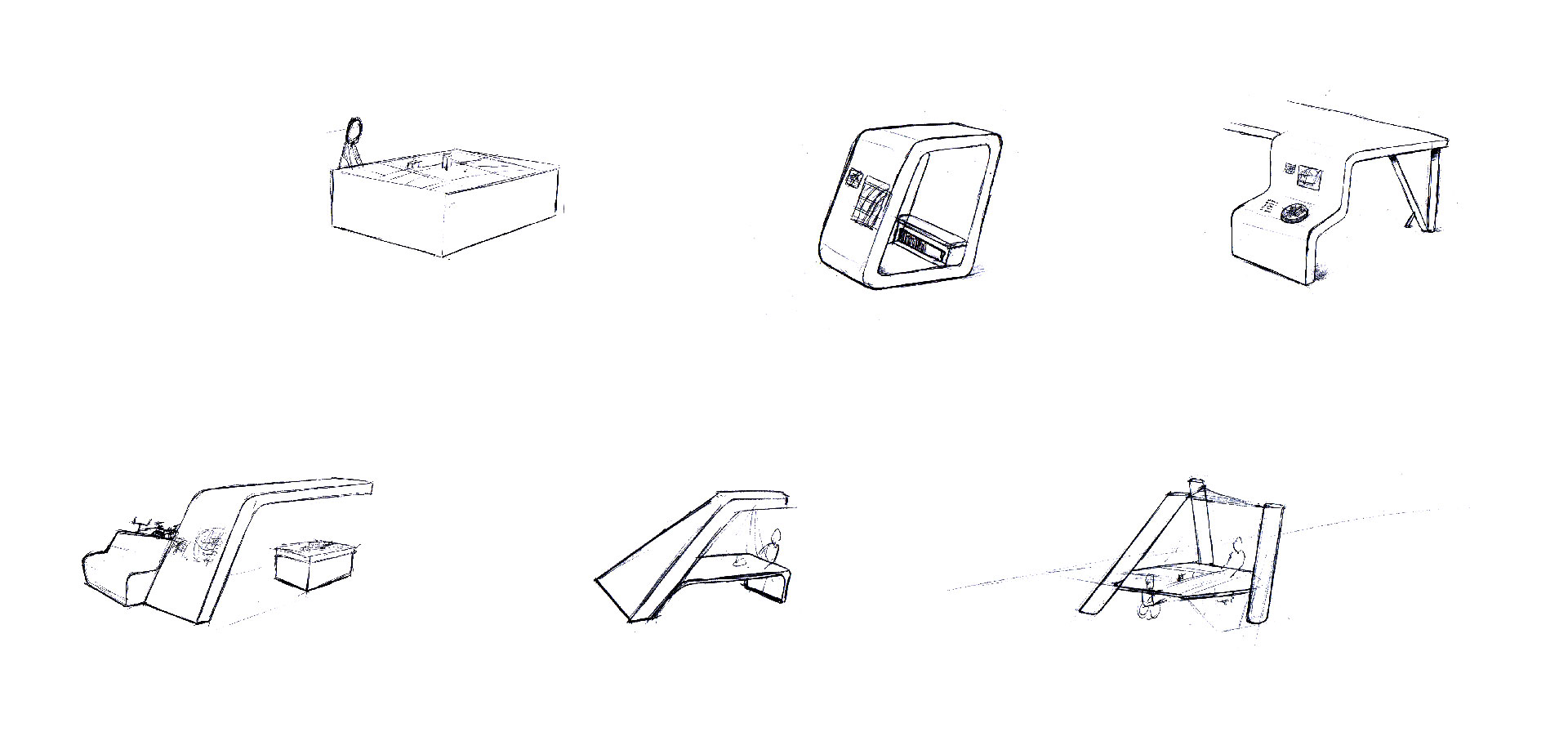

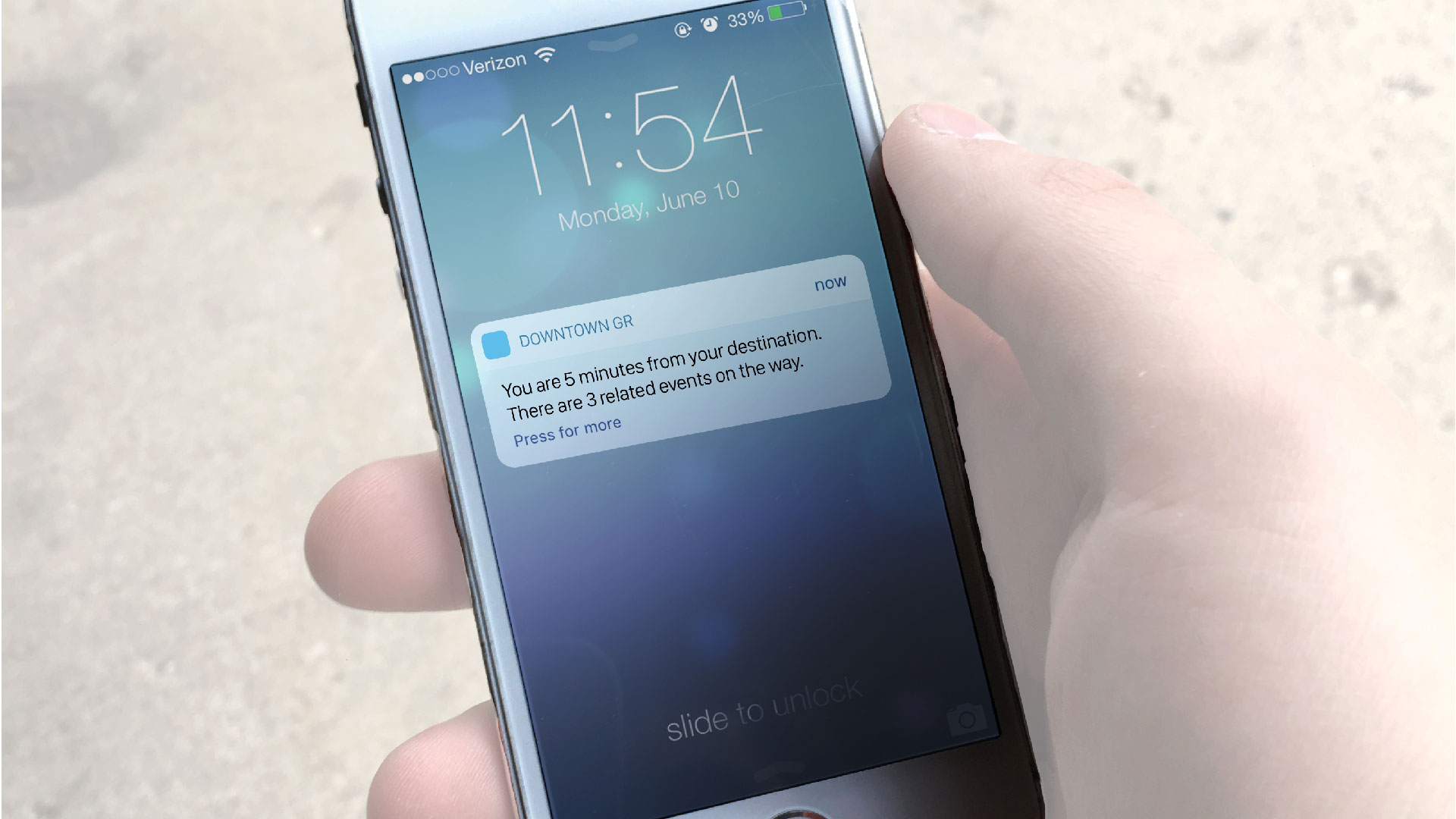
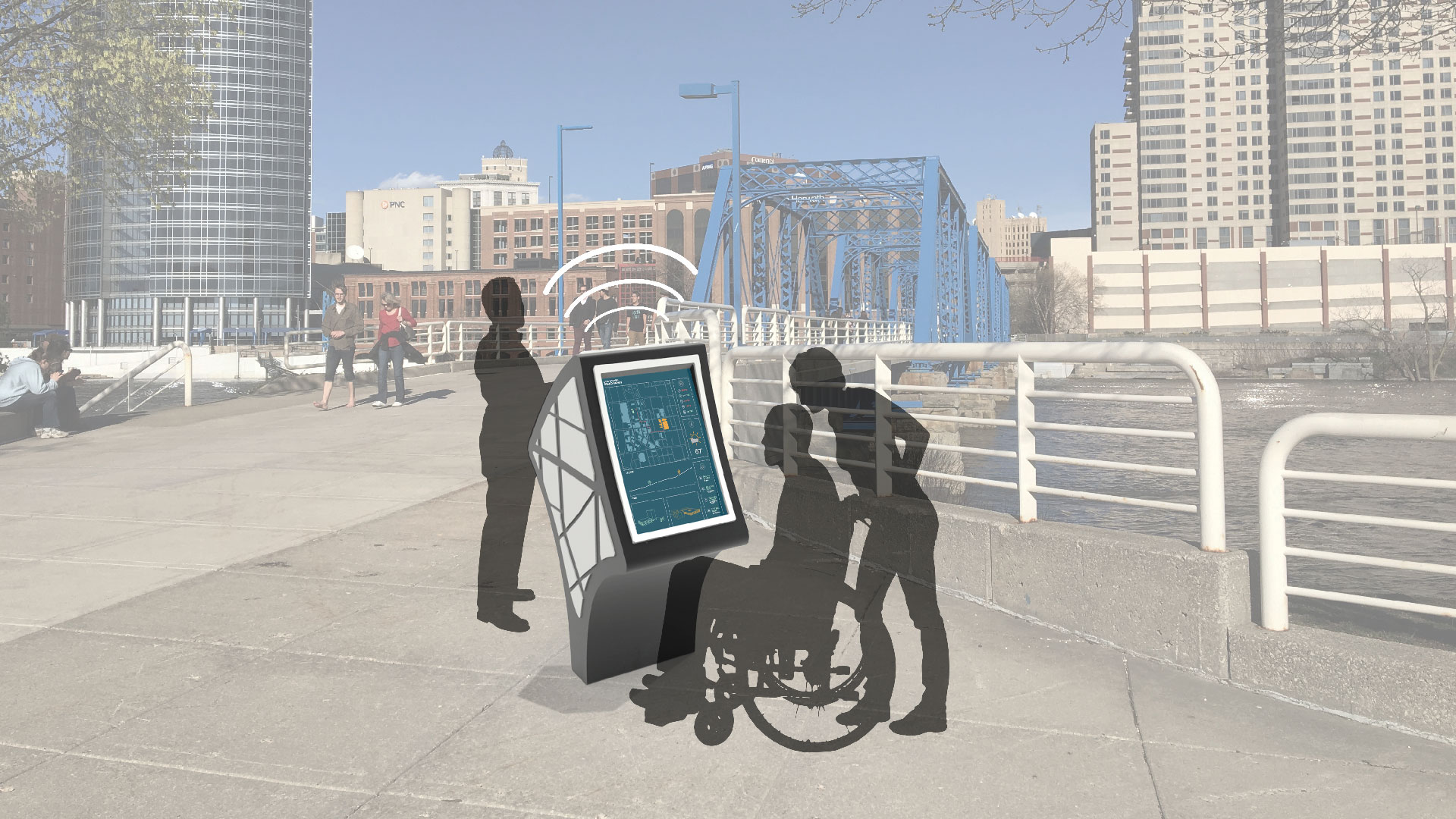
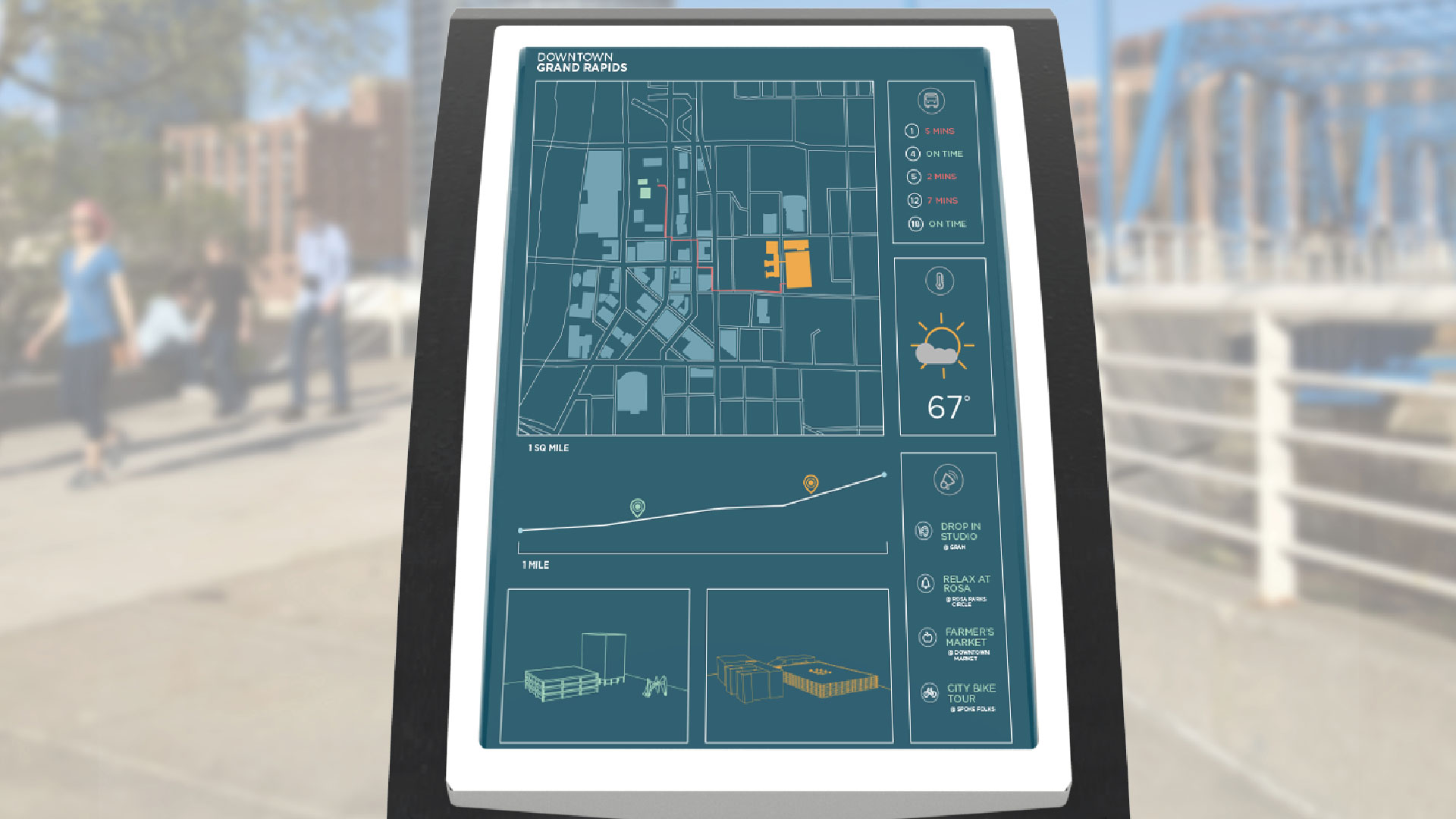
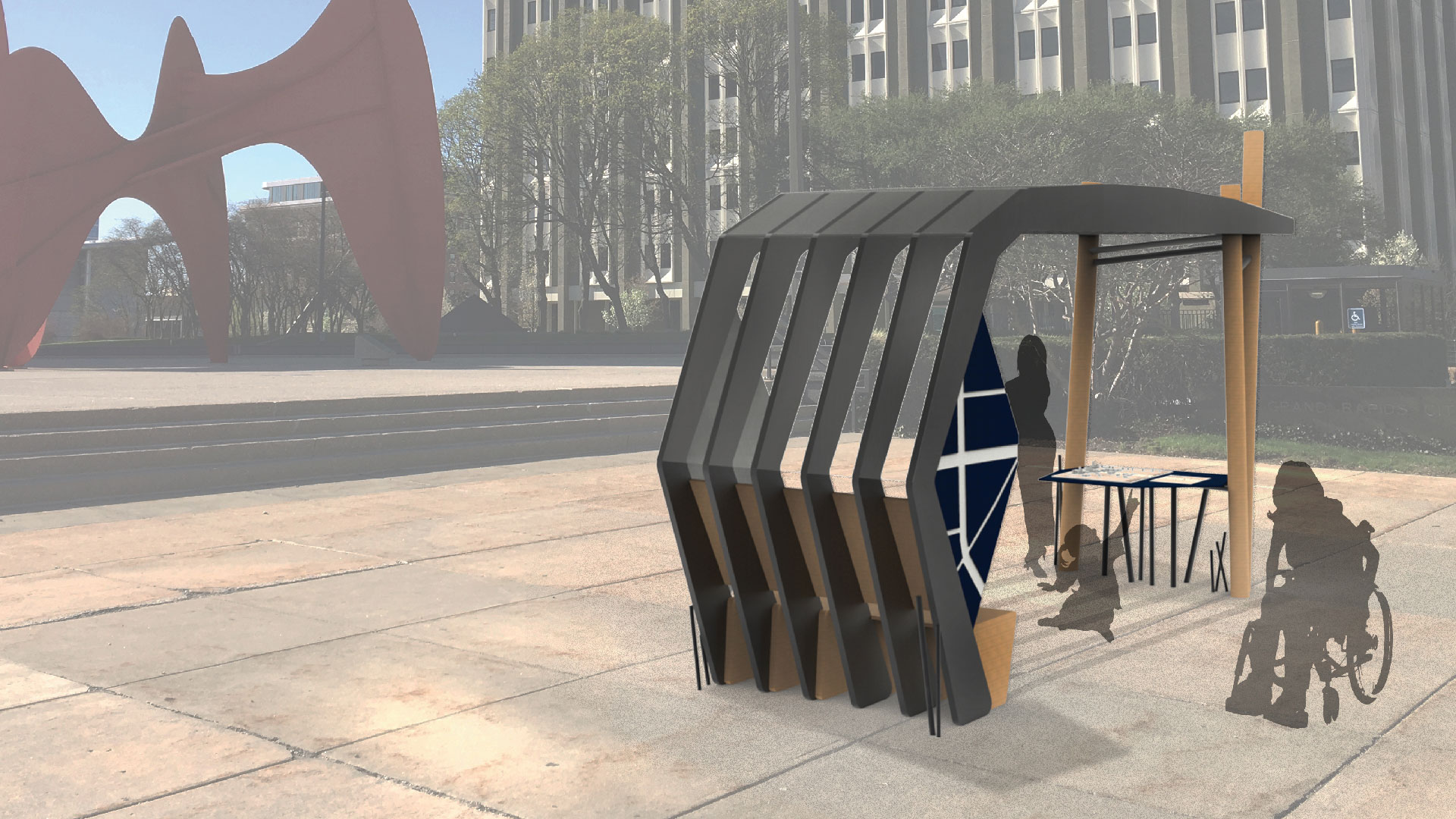

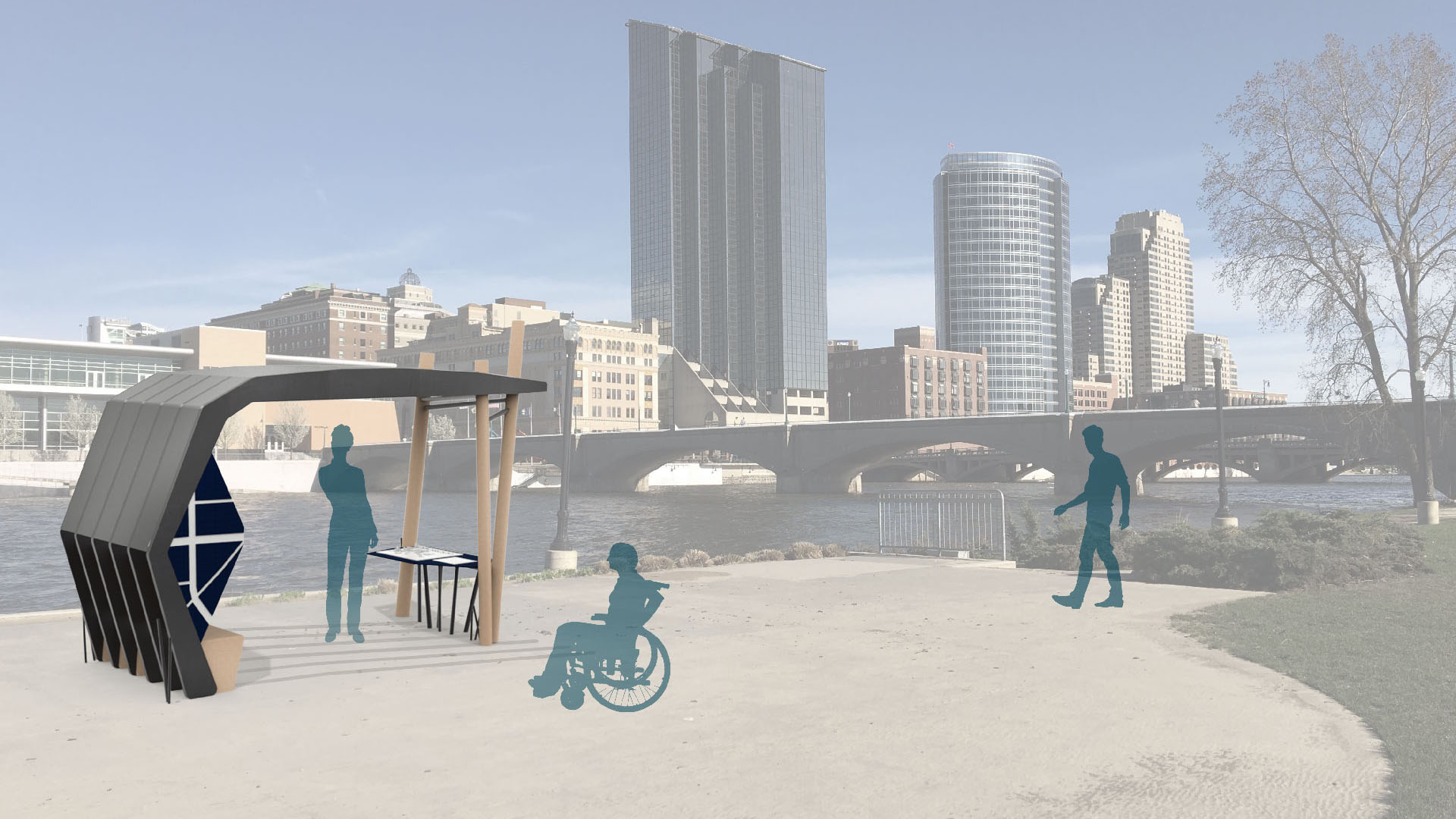
Selected Works
ThoughtFullProfessional
Studio WiseProject type
Grandville Avenue Arts & HumanitiesProject type
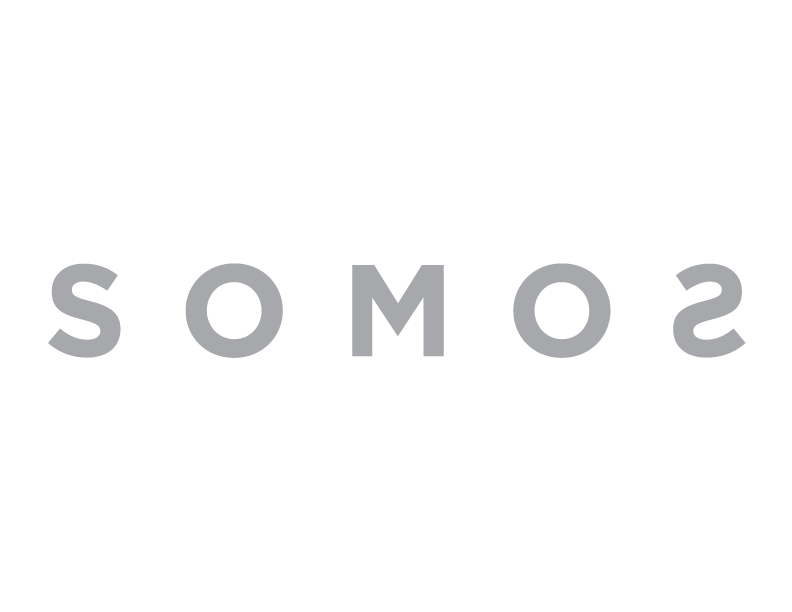
Wege PrizeStudent
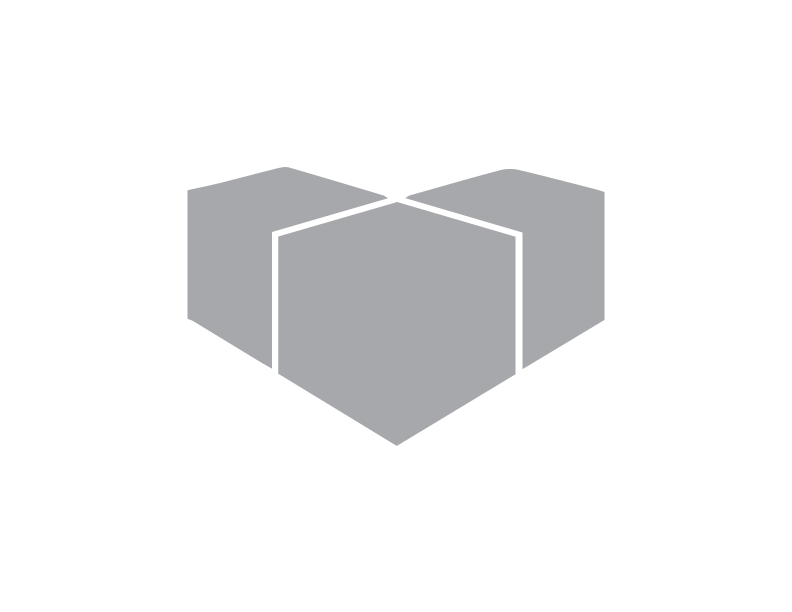
SEEDS of PromiseProject type

